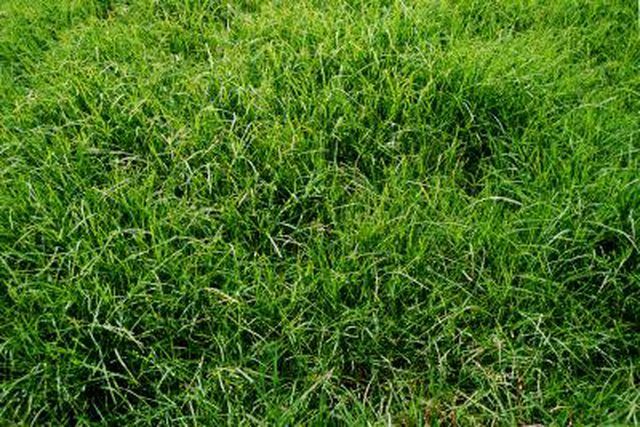Bulbs
Flower Basics
Flower Beds & Specialty Gardens
Flower Garden
Garden Furniture
Garden Gnomes
Garden Seeds
Garden Sheds
Garden Statues
Garden Tools & Supplies
Gardening Basics
Green & Organic
Groundcovers & Vines
Growing Annuals
Growing Basil
Growing Beans
Growing Berries
Growing Blueberries
Growing Cactus
Growing Corn
Growing Cotton
Growing Edibles
Growing Flowers
Growing Garlic
Growing Grapes
Growing Grass
Growing Herbs
Growing Jasmine
Growing Mint
Growing Mushrooms
Orchids
Growing Peanuts
Growing Perennials
Growing Plants
Growing Rosemary
Growing Roses
Growing Strawberries
Growing Sunflowers
Growing Thyme
Growing Tomatoes
Growing Tulips
Growing Vegetables
Herb Basics
Herb Garden
Indoor Growing
Landscaping Basics
Landscaping Patios
Landscaping Plants
Landscaping Shrubs
Landscaping Trees
Landscaping Walks & Pathways
Lawn Basics
Lawn Maintenance
Lawn Mowers
Lawn Ornaments
Lawn Planting
Lawn Tools
Outdoor Growing
Overall Landscape Planning
Pests, Weeds & Problems
Plant Basics
Rock Garden
Rose Garden
Shrubs
Soil
Specialty Gardens
Trees
Vegetable Garden
Yard Maintenance
How to Kill Annual Rye Grass
How to Kill Annual Rye Grass. Annual rye grass is a popular grass used to overseed home lawns during cold winter months. It is also frequently grown as a cover crop to provide food for grazing cattle. Rye grass grows in bunches rather than individual blades and is characterized by a yellow at the base which develops into dark green leaf blades....

Annual rye grass is a popular grass used to overseed home lawns during cold winter months. It is also frequently grown as a cover crop to provide food for grazing cattle. Rye grass grows in bunches rather than individual blades and is characterized by a yellow at the base which develops into dark green leaf blades. Although rye grass typically only survives one year, if the grass produces seed before dying, the seed will sprout the following year.
Things You'll Need
Garden sprayer
Herbicide with glyphosate
Wait until the daytime temperatures climb above 50 degrees Fahrenheit and the nighttime temperatures are no lower than 40 degrees Fahrenheit. The herbicide application process should also occur only during dry periods with a lot of sun, as rain will wash it away before it can kill the rye grass.
Fill a 3-gallon garden sprayer with a non persistent-contact herbicide made for weeds, not grass. This is a herbicide that is designed to kill weeds on contact and does not remain in the soil. Herbicides containing glyphosate are especially effective at killing rye grass.
Point the nozzle downward at a 45-degree angle to the ground. Spray the entire surface of the ground with a thin layer of herbicide and allow it to dry.
Wait two weeks and examine the lawn for new rye grass which may have sprouted from seeds. Apply a second application of herbicide if evidence of new rye grass is found.
Tips & Warnings
You can also kill annual rye grass by plowing it under in the spring using a garden tiller.